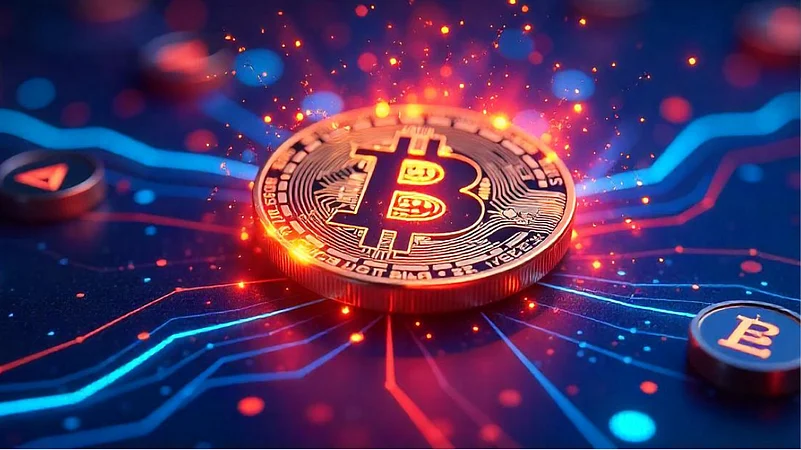Now Reading: India’s Hesitation on Full Crypto Regulation: What It Means for Small-Town Investors
-
01
India’s Hesitation on Full Crypto Regulation: What It Means for Small-Town Investors
India’s Hesitation on Full Crypto Regulation: What It Means for Small-Town Investors

India’s approach to cryptocurrency regulation has been cautious and measured, leaving investors in a state of uncertainty. While the popularity of digital assets continues to grow, especially among youth in Tier 2 and Tier 3 cities, the government has yet to provide a comprehensive legal framework. This cautious stance reflects concerns over financial stability and misuse, but it also raises questions about the future of innovation and investor protection in the country.
The Reserve Bank of India has consistently expressed reservations about cryptocurrencies, pointing out risks of volatility, fraud, and financial instability. At the same time, the government has introduced taxes on virtual assets, signaling that it does not want to ban them outright. This middle path, neither fully legalizing nor completely restricting crypto, has left many investors unsure of where they stand.
In Tier 2 cities, the story is slightly different from metros. Young investors see crypto as a quick entry into the financial world, often attracted by the low starting cost and global accessibility. Many small businesses also explore digital tokens as a side income or an experiment in modern payments. However, limited awareness, lack of financial education, and dependence on informal advice channels increase vulnerability to scams and losses.
Stronger regulation could bring more security for these investors. Mandatory guidelines for exchanges, identity checks, and better grievance mechanisms would help prevent fraud. It could also boost trust, encouraging more banks and payment apps to allow smooth transactions with digital assets. Yet there is also a risk that too many restrictions may push activity underground, making it even harder to monitor and protect people.
For now, the Indian government’s hesitation reflects a balancing act. On one hand, it wants to avoid destabilizing the financial system. On the other, it recognizes that blockchain and crypto technologies are shaping the future of global finance. For everyday investors in smaller cities, the safest path is to remain cautious, avoid hype-driven tokens, and treat crypto as a high-risk asset rather than a guaranteed opportunity.
India’s final stance on crypto will take time, but the debate already reveals a bigger truth. Digital money is no longer a niche trend—it is a reality that even small-town India cannot ignore. The key question is whether regulation will arrive in time to protect new investors while still allowing innovation to grow.

























